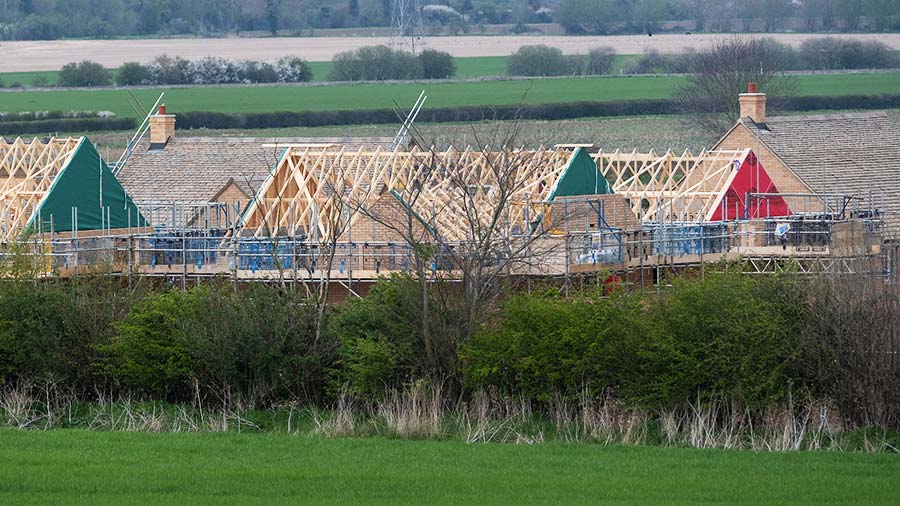Legal framework set out for biodiversity net gain
 © Tim Scrivener
© Tim Scrivener The legislative framework for biodiversity net gain (BNG) is finally being introduced in six statutory instruments that will become law when BNG goes live in January 2024.
This includes outlining the legal basis for calculating biodiversity value for BNG purposes.
In a change from the process originally set out, developers will be able to submit a biodiversity gain plan (BGP) to the local planning authority (LPA) after planning permission is granted.
Following this, the LPA has eight weeks to approve or refuse the plan in writing. If accepted, this will discharge the mandatory BNG condition.
See also: Biodiversity net gain – legal issues for farmers
A draft BGP template also outlines further requirements and how the process will work:
- The BGP and the LPA’s decision on it must be published on the LPA’s local register
- LPAs will be able to ask developers to direct efforts towards offsite mitigation that has been identified as within an ecological network with locally important species
- The landowners of offsite habitat banks will agree habitat management and monitoring plans with the LPA or responsible body, with no need for the developer to be involved
- BNG sites will need to be registered on the Natural England register before being included in a BGP.
The publication of the statutory instruments is welcome, but raises further procedural questions, says broker Hugh Townsend, of Townsend Chartered Surveyors.
These include how much influence a biodiversity unit buyer’s LPA will have on deciding what works are suitable on an offsite mitigation.
There are also questions about the interaction between LPAs when offsite mitigation is being provided outside the LPA in which the planning consent was granted.
“These procedural questions will be answered when the planning authorities receive their own briefings.”
Biodiversity net gain register
The Biodiversity Gain Site Register Regulations 2023 allow for a publicly accessible biodiversity gain site register of offsite BNG commitments. This will be operated by Natural England.
These regulations set the eligibility criteria for land to be registered.
Also included are the Biodiversity Gain Requirements (Irreplaceable Habitat) Regulations 2023.
The regular 10% requirement is not applied for these habitats, where bespoke compensation is to be agreed between the developer and the LPA.
What is BNG?
BNG is an obligation on developers to leave their sites in a measurably better state than before the development took place.
They must raise the biodiversity count by 10% though onsite and/or offsite measures.
It applies to most development under the Town and Country Planning Act (TCPA) from January 2024, to small sites from April next year, and to Nationally Significant Infrastructure Projects from November 2025.
BNG information and guidance is available at:
- Meet your BNG requirements: steps to take for land managers
- Sell biodiversity units as a land manager
- Biodiversity gain plan
- Biodiversity net gain
- Understanding biodiversity net gain
- Submit a biodiversity gain plan
- Legal agreements to secure your biodiversity net gain
- Statutory biodiversity metric tools and guides
- Creating a habitat management and monitoring plan for biodiversity net gain
